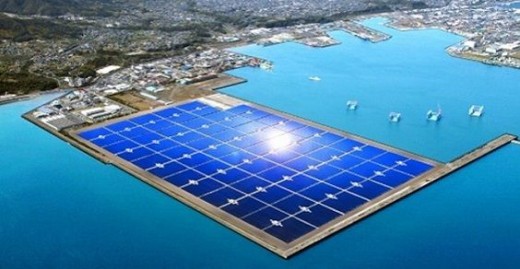Can Fukushima be 100% renewable before 2040?

Three years after the nuclear crisis in Japan, the Fukushima prefecture announced that it will become 100% renewable by 2040. The region, which has a population of about two million people, does not want any atomic energy, even if the national government is working to restore the reactors.
This is where you will create the largest photovoltaic park all over Japan. And, always here, they've also planned the construction of a huge wind farm offshore from 1 GW. This construction should be completed by 2020. The first phase of the experimental project has just ended with the installation of the first 2 MW turbine, connected to the network last November.
Not only large parks. The residents themselves are focusing on renewable and distributed generation, choosing mainly photovoltaics on the roof and on agricultural land, even to help and improve agriculture on a small scale. As happened to the Solar Sharing project, in which the solar panels are designed on a trellis structure that lets in enough light to grow plants below the cover. Plants such as oilseed rape, able to absorb the radiation and contribute to the decontamination efforts.
The nuclear disaster, in short, has changed the way we think about energy in Japan. No coincidence that the country has become in a few years the second PV market in the world, with the installation of well 3.54 GW of renewable thanks to generous government incentives.
It is doing very well to renew and modernize the network, which currently is not able to manage all these projects. On this front will be well 33 billion dollars that will be invested over the next 10 years, in particular to stimulate the growth of wind power.
A recent survey shows that 53% of Japanese citizens want that nuclear power is phased out, and 23% want it to close immediately. Currently, Fukushima already gets 22% of the 'necessary energy for their own needs from clean sources. And the proportion is set to grow.








